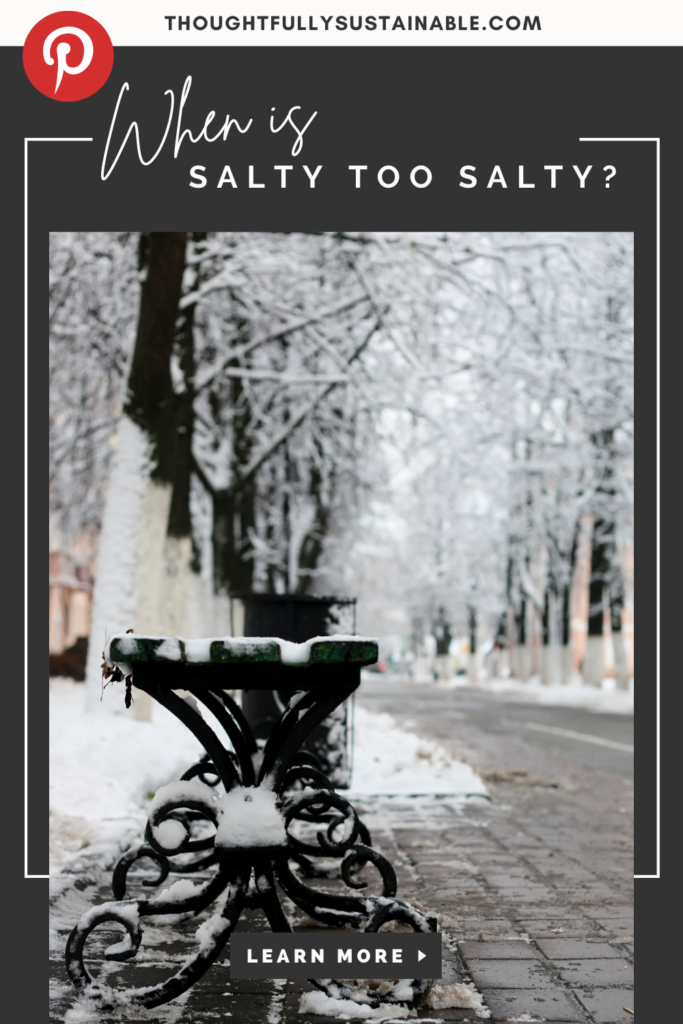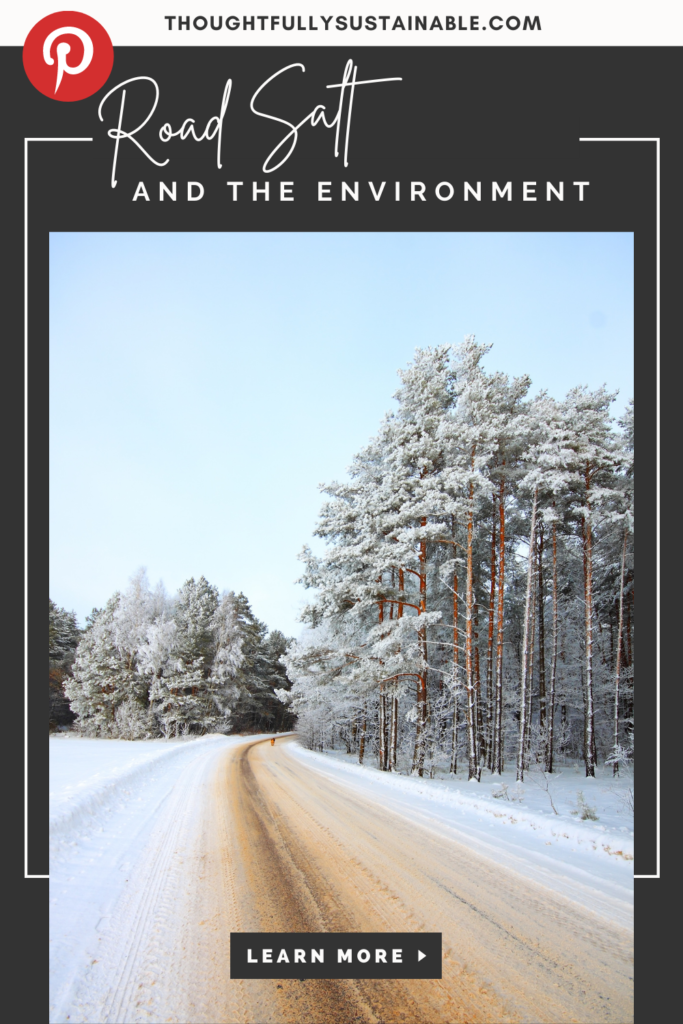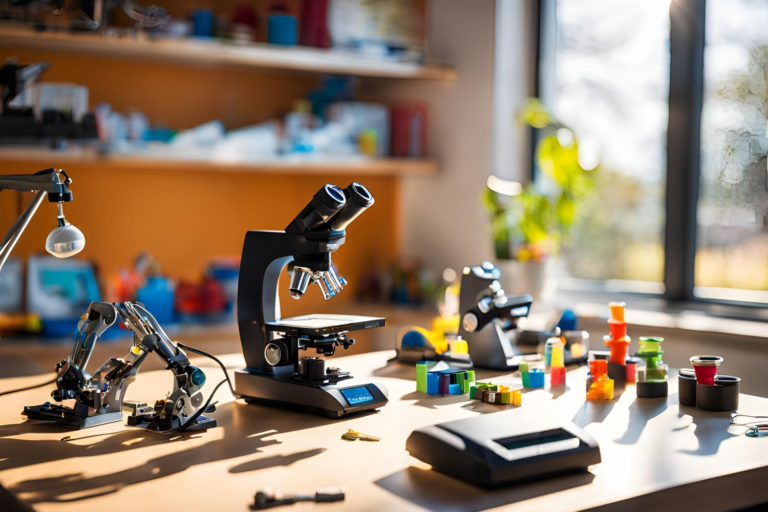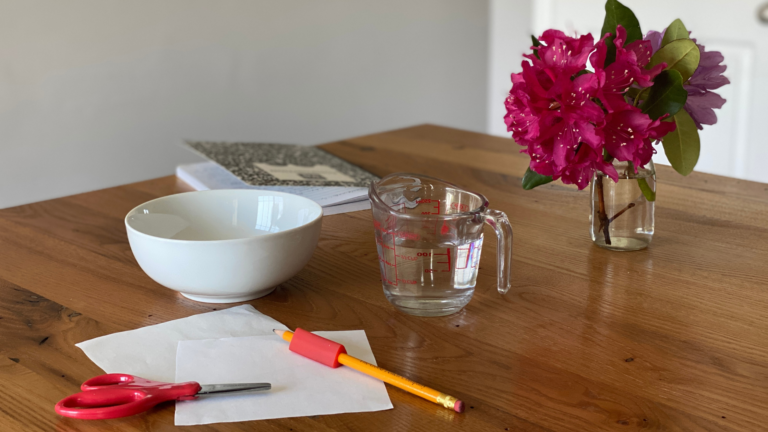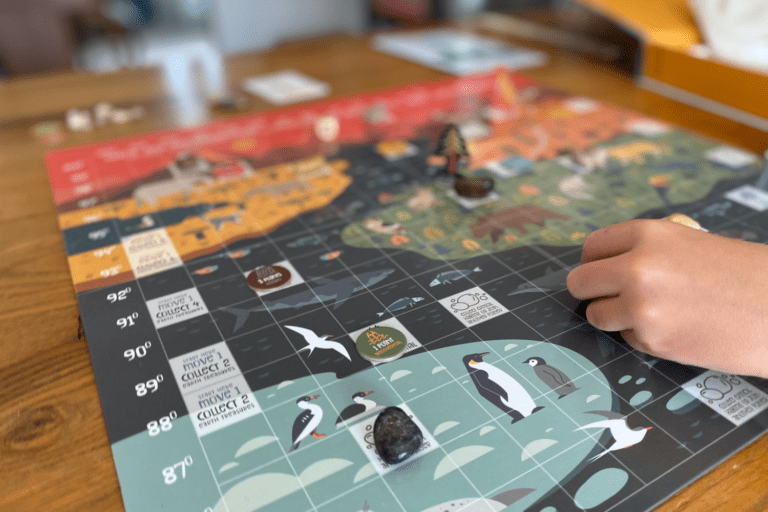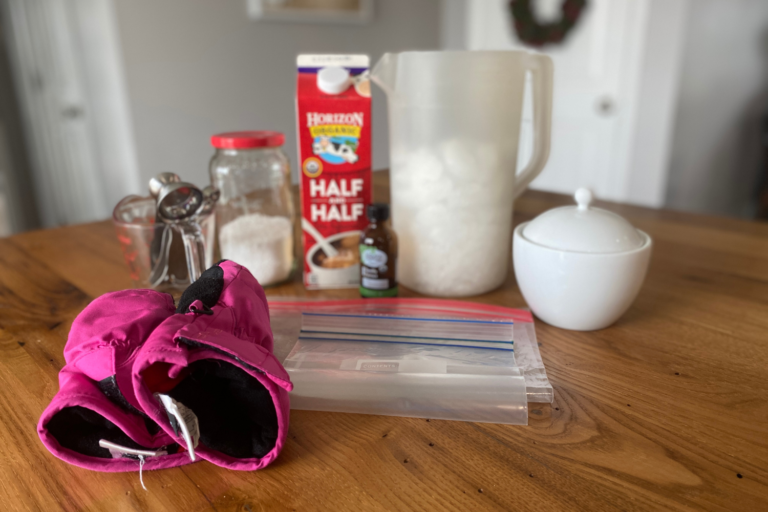How Road Salt Effects the Environment: A Science Lesson for Kids
Interested in exploring the science of osmosis and learning about the environmental effects that road salt has on the natural world? Use this science lesson to introduce your kids to all this and more!

how does road salt work?
Recently, I teamed up with Medinah Eatman, the founder of Science Teacher Mom, to teach a virtual science class about the effects that road salt can have on the natural world. Geared towards a K-5 learning audience, we explored the following topics:
- What is osmosis?
- How can excess salt (sodium chloride) affect plants and animals?
- What can we do to lessen the negative impacts of salt on our environment?
We had such a positive response to the class, we wanted to share it with you!
materials needed for the road salt science lesson
Designed to be done at home or in a classroom, the supplies you’ll need can be found in your kitchen cupboards. Here’s what you’ll need:
- 3 gummy bears (the kind you’ll find in the candy aisle; fruit snacks do not net the same results!)
- tap water
- table salt
- 3 small bowls or cups
- teaspoon
- liquid measuring cup
- a salty snack (chips, pretzels, popcorn, etc.)
- “When is Salty TOO Salty?” printable packet
- pencil
To access the free “When is Salty TOO Salty?” printable packet we’ve created for your learners, simply click the link below:
instructional video for the road salt science lesson
Once you’ve got everything listed above, sit back, relax and let us teach your learners some science via the following video! Note – to ensure the privacy of all of our students that attended the class, we have edited the original recording of the class.
additional references from the road salt video
In this video, we reference 3 video clips. You can find those clips below:
have any questions about the science lesson?
If you have any questions about the investigation, feel free to put them in the comments below or contact us through the link in the header. Happy experimenting!
